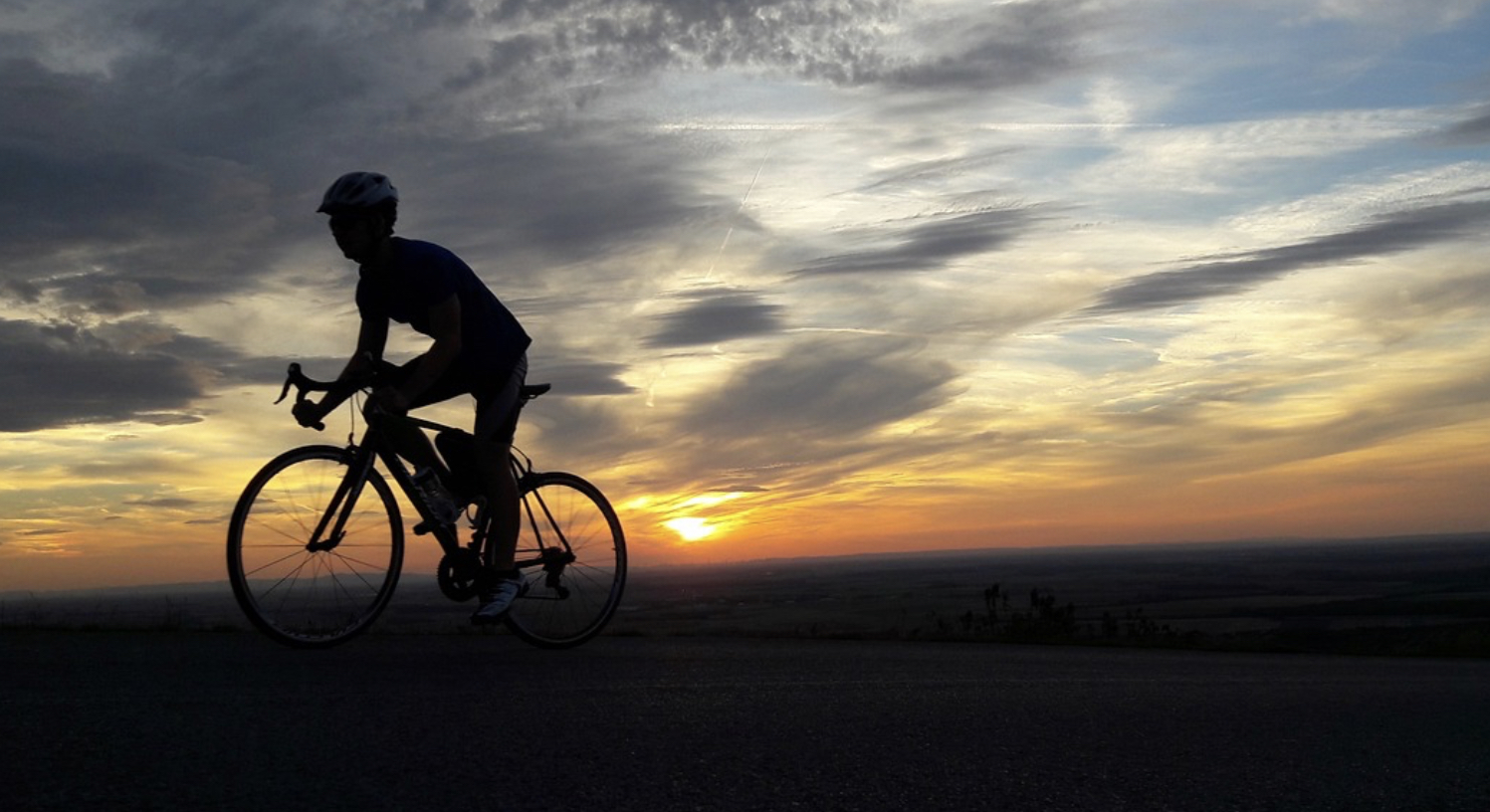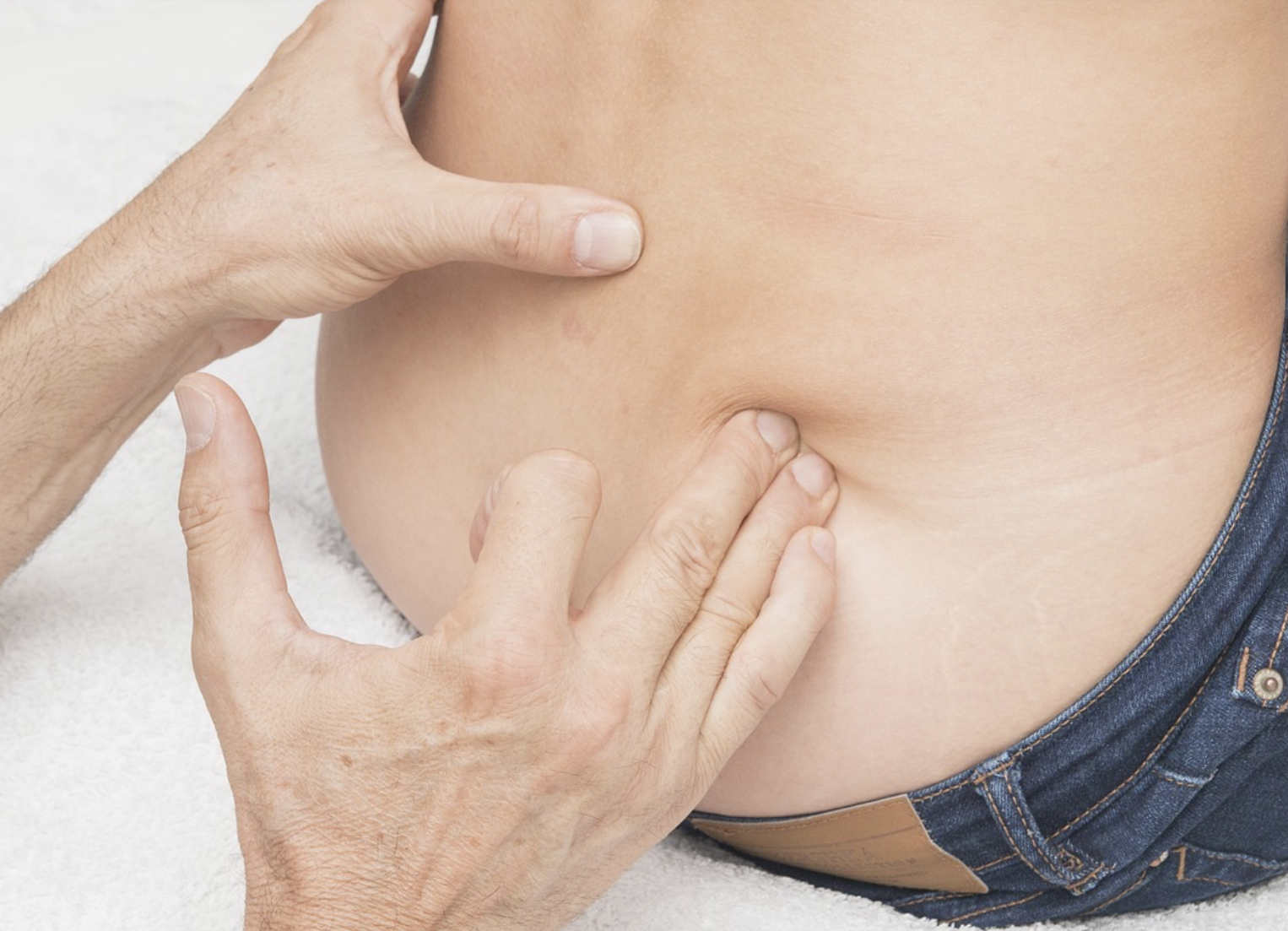
Is cycling good for lower back fat?
Cycling is a great form of cardiovascular exercise that can help you burn calories and lose overall body fat, including lower back fat.
However, it’s important to note that spot reduction (losing fat in a specific area of the body) is not possible through exercise alone.
To reduce lower back fat, you need to create a calorie deficit by consuming fewer calories than you burn through exercise and daily activities. Cycling can help you burn calories, which can contribute to this calorie deficit.
Additionally, cycling can help strengthen your lower back muscles, which can improve your posture and reduce the risk of lower back pain.
Lest find out more about fat loss and how to reduce lower back fat.
Does bike riding burn back fat?
Bike riding or cycling can help burn overall body fat, including back fat. However, it’s important to understand that you cannot spot reduce fat from a specific area of the body.
When you engage in cycling, you burn calories, and if you are in a caloric deficit (expending more calories than you consume), your body will burn fat for energy from all areas, including your back.

How do you get rid of lower back fat?
Getting rid of lower back fat involves a combination of maintaining a healthy diet, engaging in regular physical activity, and adopting healthy lifestyle habits. Here are some tips:
- Focus on creating a calorie deficit: In order to lose fat, including back fat, you need to burn more calories than you consume. This means creating a calorie deficit by reducing your caloric intake through a healthy diet and increasing your caloric expenditure through exercise.
- Incorporate cardiovascular exercise: Cardiovascular exercise like cycling, running, or swimming can help you burn calories and lose overall body fat, including back fat. Aim for at least 150 minutes of moderate-intensity cardio exercise per week.
- Strength training: Strength training exercises, such as weightlifting or bodyweight exercises, can help tone and strengthen the muscles in your lower back, which can help improve your posture and reduce the appearance of back fat.
- Eat a healthy, balanced diet: Focus on consuming whole, nutrient-dense foods like fruits, vegetables, lean protein, and whole grains. Avoid processed foods and sugary drinks, which can contribute to weight gain.
- Stay hydrated: Drinking plenty of water can help keep you feeling full and hydrated, which can help prevent overeating and aid in weight loss.
Which part of body loses fat by cycling?
Cycling is an excellent form of cardiovascular exercise that can help burn calories and promote weight loss. When you cycle, you engage a variety of muscles throughout your body, including your legs, glutes, core, and back. However, you cannot spot reduce fat from a specific area of the body through exercise alone.
When you cycle, your body burns calories for energy, and if you are in a caloric deficit (expending more calories than you consume), your body will burn fat for energy from all areas of the body, including your back, arms, and legs.
Is 30 minutes of cycling a day enough?
Cycling for 30 minutes a day can be a good way to improve your health and fitness, but the amount of time needed to achieve specific health or fitness goals can vary depending on individual factors such as age, weight, fitness level, and specific goals.
In general, the Centers for Disease Control and Prevention (CDC) recommends that adults engage in at least 150 minutes of moderate-intensity aerobic exercise per week, which translates to 30 minutes a day for five days a week.
This level of physical activity can help improve overall health and reduce the risk of chronic diseases like heart disease, stroke, and type 2 diabetes.
If your goal is weight loss, 30 minutes of cycling alone may not be enough to achieve significant weight loss. You need to create a calorie deficit by burning more calories than you consume through a combination of exercise and a healthy diet.
Why is most of my fat in my lower back?

What causes excessive lower back fat?
The accumulation of fat in the lower back can have various causes, including:
- Genetics: The distribution of body fat is largely determined by genetics. Some people are predisposed to store more fat in certain areas, including the lower back.
- Poor diet: Consuming a diet high in calories, sugar, and unhealthy fats can lead to weight gain and the accumulation of fat in various areas of the body, including the lower back.
- Lack of physical activity: A sedentary lifestyle with little or no physical activity can contribute to weight gain and the accumulation of fat in the lower back.
- Hormonal imbalances: Hormonal imbalances, such as those that occur during menopause, can lead to an increase in body fat, including in the lower back area.
- Poor posture: Poor posture can cause your lower back muscles to weaken, which can lead to an accumulation of fat in the area.
- Age: As you age, your metabolism slows down, making it easier to gain weight and harder to lose it. This can lead to an accumulation of fat in various areas, including the lower back.
It’s important to note that excessive lower back fat may also be a sign of an underlying health condition, such as Cushing’s syndrome or polycystic ovary syndrome (PCOS). If you are concerned about your lower back fat, it’s best to consult with a medical professional to rule out any underlying health issues.





